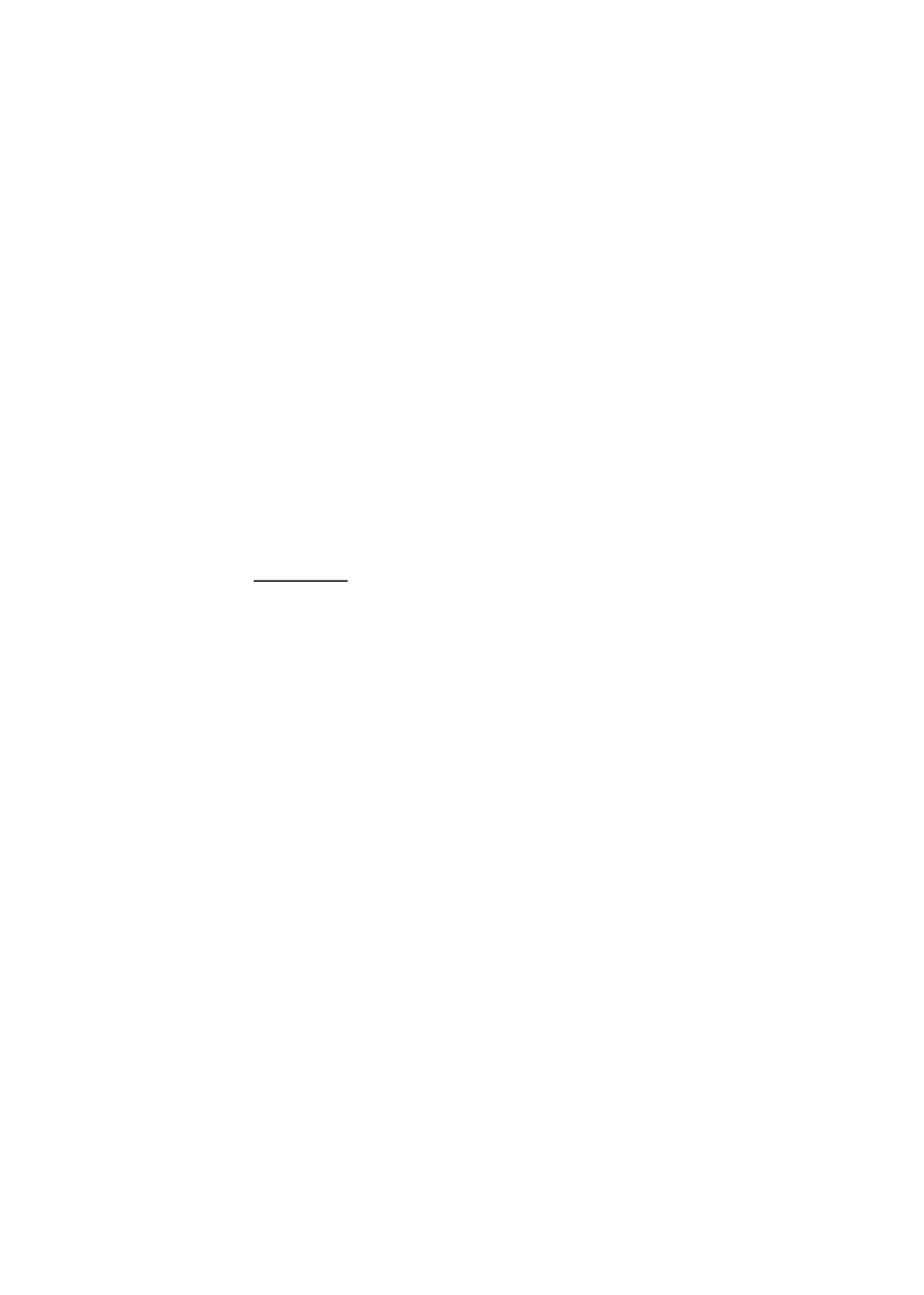

164
The second sukuk was issued on 3 June 2015. It also had a 5-year tenure with USD2 billion of
orders received from 49 global institutional investors. Notably, 42% of this sukuk was
distributed to the Middle East, 43% to Asia, and 15% to Europe. Based on investor type, 23%
comprised supranationals, central banks or wealth funds while 77% constituted banks, private
banks and fund managers. The sukuk was listed in Hong Kong, Malaysia and Dubai. The profit
rate came up to 1.894%. Although the structure of this sukuk had been changed to
wakalah
, it
was still rated AAA by S&P.
The third sukuk was issued on 28 February 2017, which made Hong Kong the first AAA-rated
government issuing a 10-year sukuk. It received USD1.72 billion of orders from 88 global
institutional investors. Of these, 57% hailed from Asia, 25% from the Middle East and 18%
from Europe. According to investor type, 53% were banks, 36% fund managers, private banks
and insurance companies, and 11% wealth funds, central banks and supranationals. This
sukuk also attracted new investors, half of which had not participated in the earlier issuances.
This sukuk was listed in Hong Kong, Malaysia and Dubai. It again received an AAA credit rating
from S&P. An SPV named Hong Kong Sukuk 2017 Limited had also been established for this
issuance. Its profit rate stood at 3.132%, i.e. higher than the 2 earlier sukuk. Compared to the
5-year tenure of the previous 2 sukuk, the third issuance of a 10-year duration extended the
yield curve and served as a benchmark for potential issuers in the local market.
Analysis of Sukuk Investments – Demand (Buy Side)
Unlike other sovereign issuances that are commonly used to finance infrastructure projects or
fund governments’ budget deficits, the proceeds from the 3 sukuk issuances by Hong Kong had
been used to purchase the underlying assets in the sukuk structures, notably commercial
buildings and Shariah-compliant commodities. This reflects Hong Kong’s motive of entering
the sukuk market to promote its position as an IFC and broaden its product range, to attract
international issuers and investors. The sukuk had been issued to set benchmarks for the
industry, and not necessarily to raise financing to fund government projects.
4.6.4
KEY FACTORS UNDERPINNING HONG KONG’S SUKUK MARKET
Hong Kong has leveraged its reputation as an IFC to develop its sukuk market.
As an IFC, Hong
Kong offers a number of advantages to international investors and issuers, including a
transparent, sound and internationally recognised legal and regulatory system, based on
English common law; a simple tax system; deep and liquid capital markets; a strong bond
market; a listing platform; a large number of international financial intermediaries offering
their global expertise; a well-developed financial infrastructure; and a pool of highly trained
professionals. With respect to sukuk, Hong Kong offers specific competitive advantages such as
the government’s full support in promoting the sustainable development of the sukuk market,
the AAA rating of the Hong Kong government, and its ability to leverage on the strong presence
of international financial intermediaries and their Shariah experts to develop and structure a
variety of Shariah-compliant products. Figure 4.19 describes the key factors underpinning
Hong Kong’s sukuk market in terms of legal, regulatory, taxation and technical issues.
















